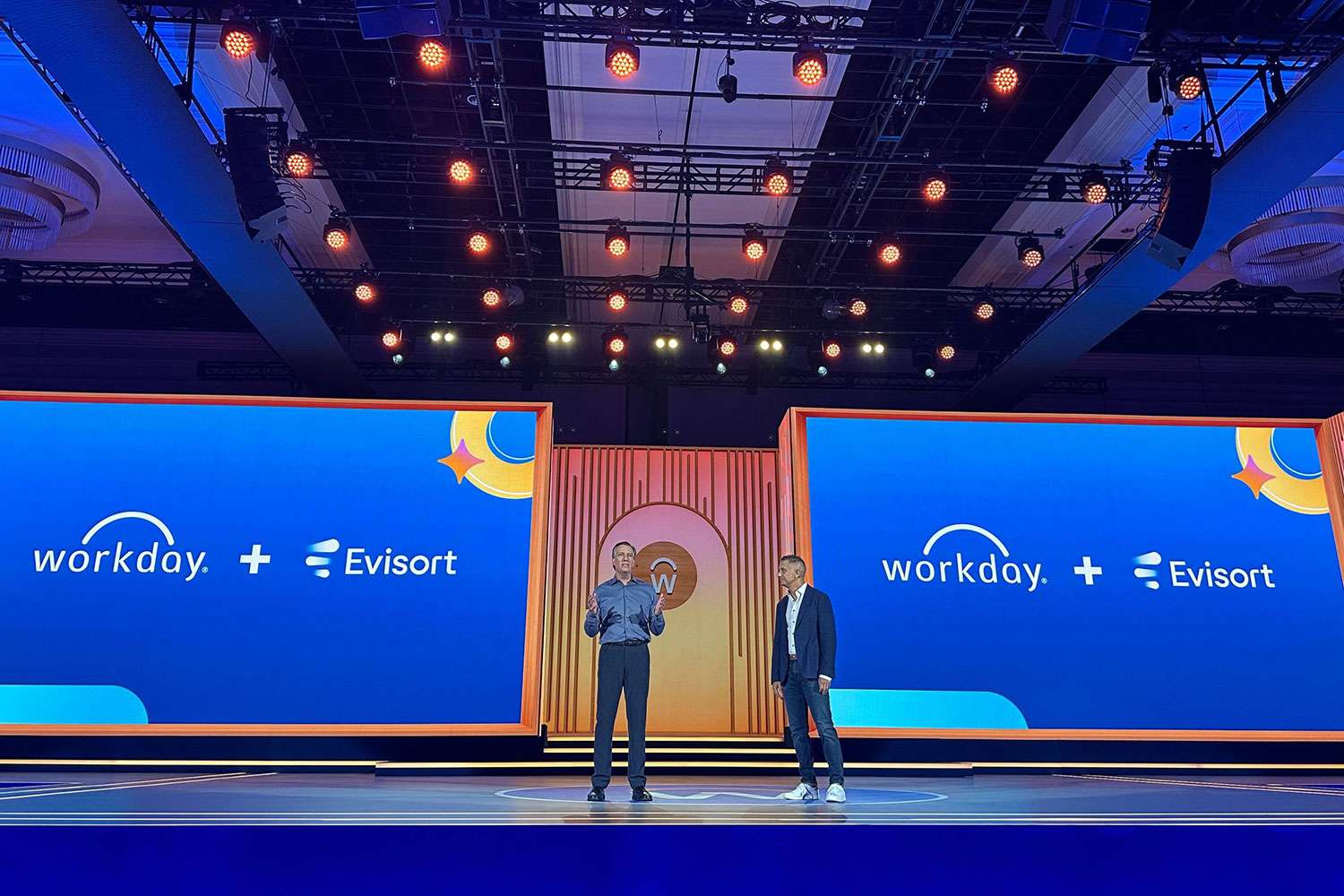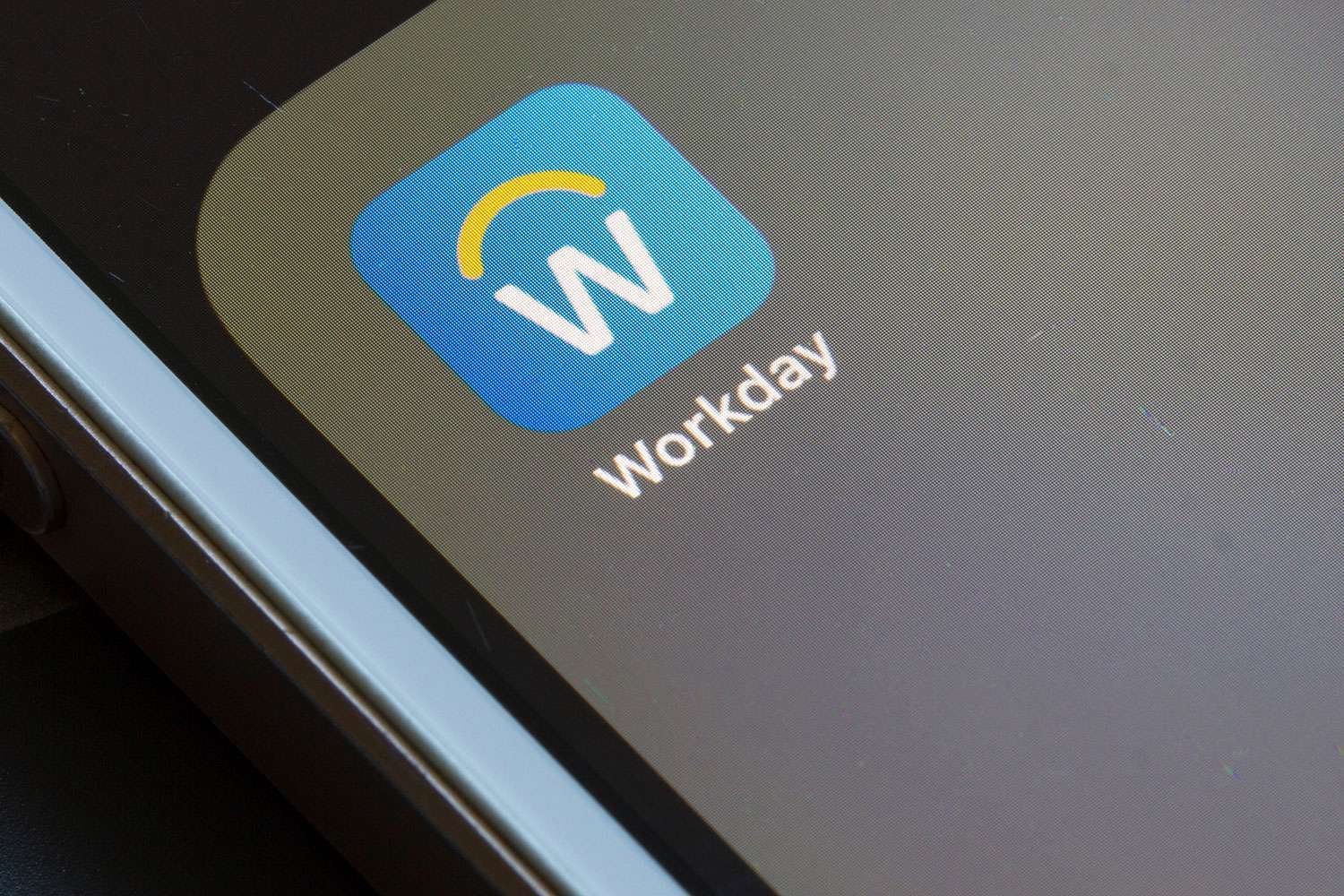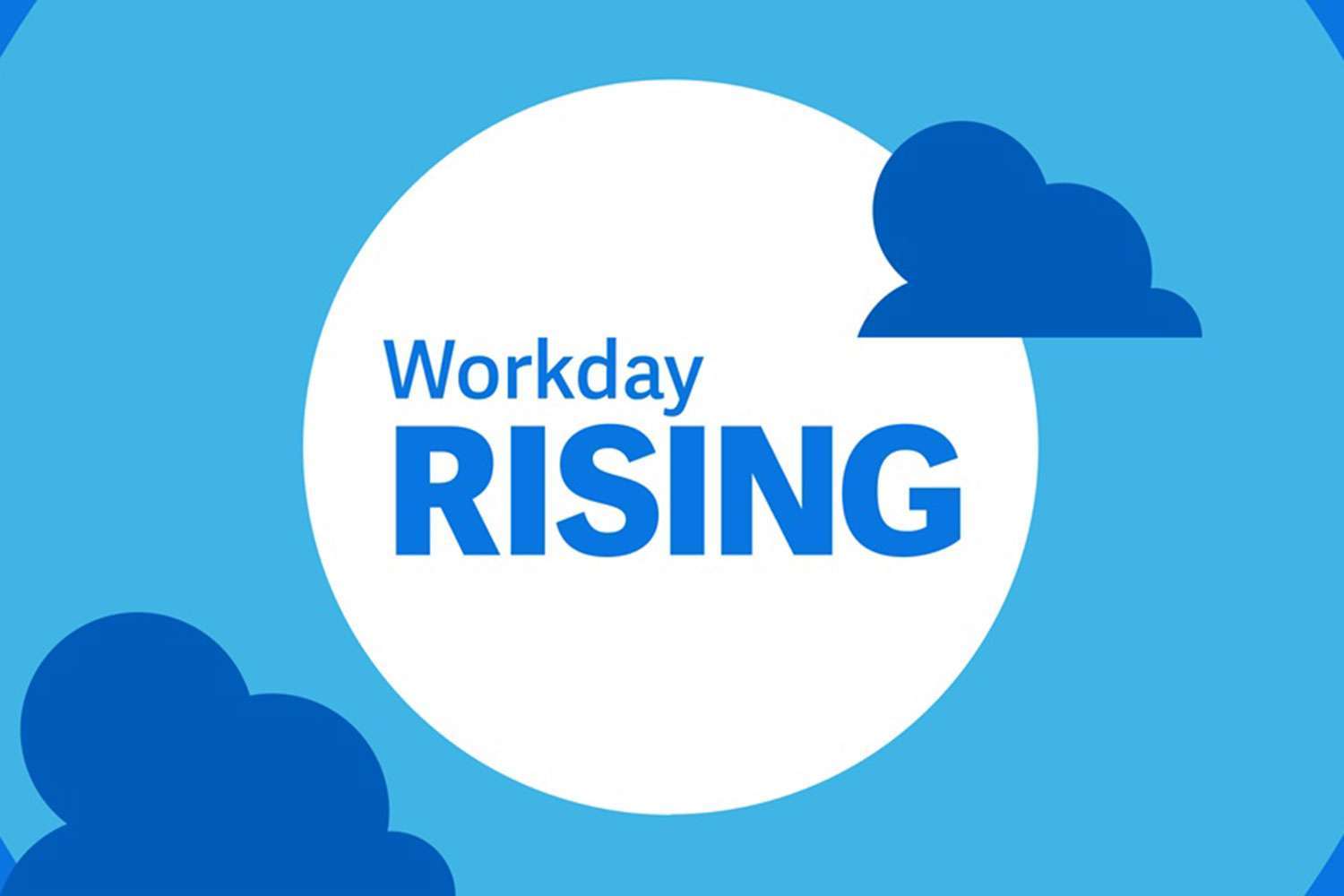Three Great Ways to Solidify Your Financial Forecasting

Business planning is a critical component of setting yourself up for success and Workday customers have fantastic tools at their fingertips.
Making Finance Planning Easier with Workday
Forecasting can seem like a nice to have when you’re busy with the day-to-day. But reality is, without forecasting, you’re going to constantly play catch up; it’s important to take a moment to look at today’s data and evaluate its impacts on tomorrow.
If you’re using Workday as your back office solution, you may already know that you have a ton of amazing resources at your fingertips to help keep your business in the black today, tomorrow, and throughout the time to come.
Here are a few easy wins for upgrading your financial forecasting for a more profitable tomorrow:
1. Forecasting vs. Planning
First, define the window of time for your forecast (for example: next month, quarter, or financial year). Forecasts are expected to be adjusted to reflect how close the actual events come to happening. Business planning is the process of building a budget to dictate how you’ll manage specific amounts of money over the next financial period. When you utilize the full breadth of Workday, you can view HCM, payroll, financials, planning and operational data in one place. Get a comprehensive view of your business’s key performance indicators (KPIs) and actuals vs. plan to make better business decisions.
2. Make Revenue Models
Models help you understand what a natural progression of what your business should do financially if it grows at a structured, steady pace. It gives you a clear-cut picture of what you need to do to increase your earnings or, if they don’t increase, what parts of your business you need to tweak in order to maintain your profit margins until you can get things running correctly again. Once you’ve built your models, you can keep running various data points through it until you find acceptable terms to operate your business under for the coming year.
3. Define Your Cadence
A financial model or plan isn’t a one-and-done situation. You can’t do a full audit of your company’s success and failures and just assume that makes everything better from here on out. Be prepared to regularly revisit what has been established in your business planning. A Workday AMS partner like ERPA can help you define all the details of what this will look like. Start with an annual meeting of the minds that sees all your top stakeholders getting together to look at the big picture stuff like what are your financial targets. Break that down into quarterly and monthly forecasts, and have regularly scheduled check-ins to review for forward-thinking corrections and fine-tuning.
Contact ERPA
If you have the technological tools such as Workday Financial Management to aid your financial forecasting, but need partnership to ensure it’s being optimized, please fill out the form below. Someone from ERPA’s Workday Financials team would be happy to chat with you.































